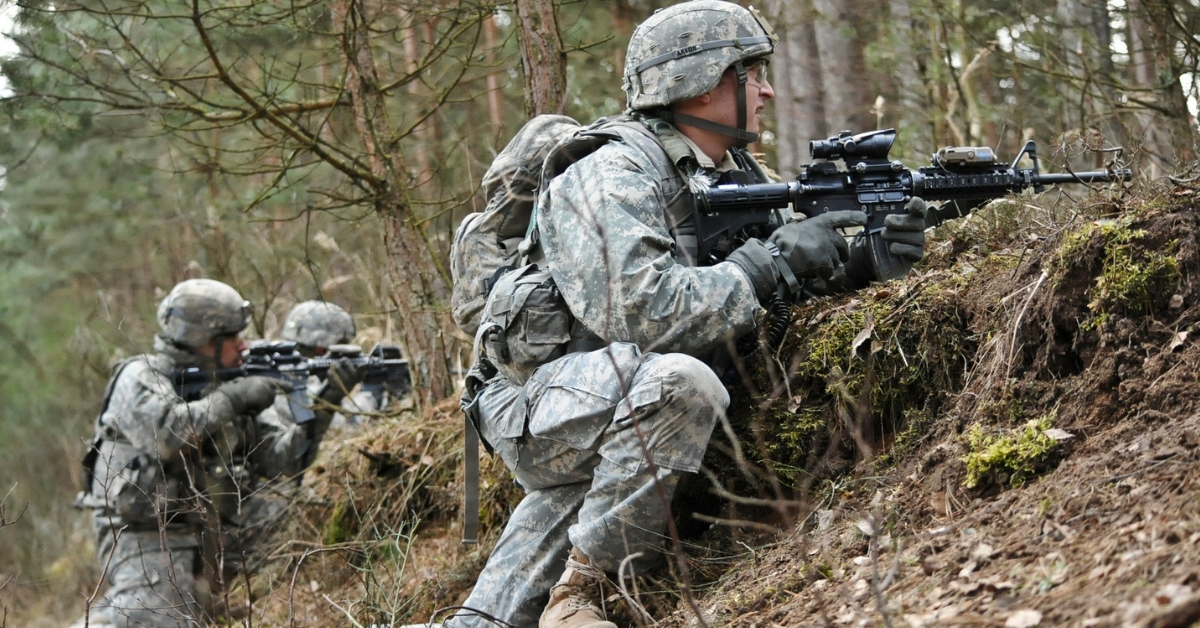The Universal Camouflage Pattern used grey, beige, and green as the primary colors. It was intended to help disguise soldiers in both desert and temperate terrain.
Camouflage has been used by the military since ancient times. Vegetius wrote that ships were painted Venetian blue to hide them on the open waters.
Camouflage not only provides the element of surprise, it also keeps soldiers safe while they are deployed.
As technology advances, new camouflage patterns need to be created to ensure the continued safety of troops. In 2005, the US Army introduced a new camouflage pattern called the Universal Camouflage Pattern. This design made a splash at the time because of the pixelated look of the digital pattern.
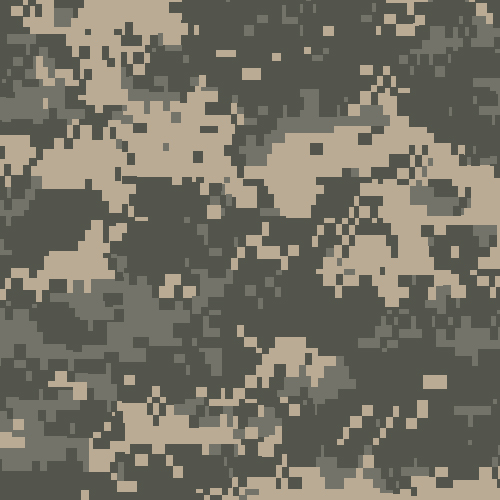
The Universal Camouflage Pattern used grey, beige, and green as the primary colors. It was intended to help disguise soldiers in both desert and temperate terrain. The initial design came after the start of the wars in Iraq and Afghanistan.
At the time, deployed troops were given desert camouflage. While this concealed the soldier, their additional equipment made them more noticeable as it was darker than the camouflage. A replacement camouflage pattern was needed, and it was decided that the design should work in all terrains to be more cost-effective.
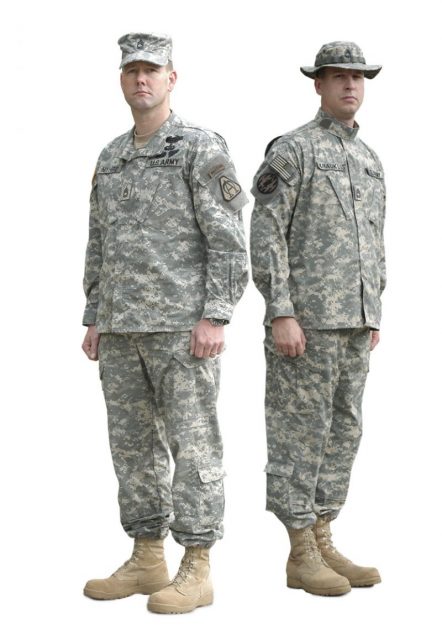
The initial pattern created by the United States Army Soldier Systems Center was adjusted by officials from PEO Soldier. These officials had seen the new camouflage created by the Marine Corps which used pixels instead of the traditional wave pattern. Wanting to use this new technology, the Army developers were told to use the pixel pattern, and the Universal Camouflage Pattern was born.
This new pattern was implemented in 2005, but it was replaced a decade later in 2015. Why didn’t this pattern last? The answer is that it was not effective in concealing soldiers.
https://youtu.be/MZJ4Smpn5jA
The primary issue was an optical effect known as isoluminance. This is when the human eye interprets a number of colors and patterns as a single mass. When this effect takes place in combat zones, it can make it easier to spot soldiers at a distance. The cause of this effect in the new pattern was the sizing of the pixelation.
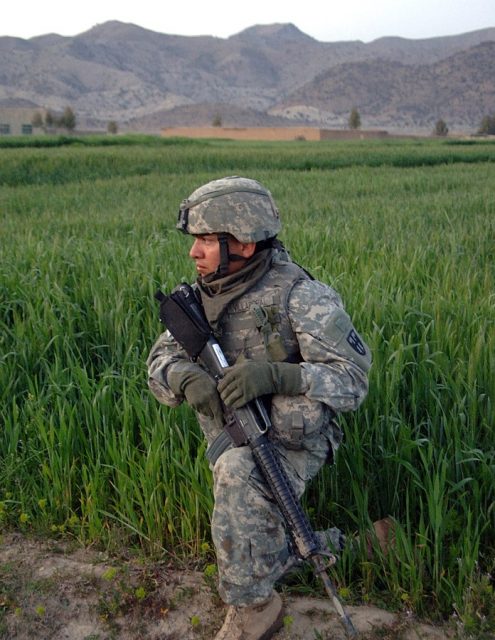
The camouflage also failed to include black in the pattern. This can make camouflage appear flat against 3D surfaces, consequently making it easier to spot those soldiers who were wearing it.
With these problems, the pattern should never have been chosen. However, there was no testing of the design before it was implemented. Research found that there were no studies done on the effectiveness of the camouflage in combat zones. The testing that had been done was for the Urban Track pattern which was experimental and rejected but formed the basis of this camouflage.
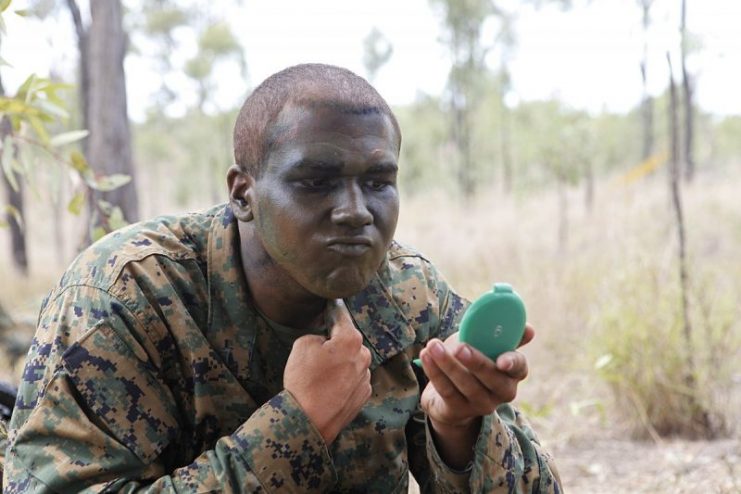
Research done between 2007 and 2009 was also able to identify four different camouflage patterns that worked better than the Universal Camouflage Pattern. The Marine Corps Desert Digital, Desert Brush, MultiCam, and the Syrian military pattern were all better at concealing soldiers.
According to the research, these patterns were 16 to 36 percent better than the Universal Camouflage Pattern in most terrain.
With growing concerns raised about the new pattern, the Army had to take drastic steps. Troops in Afghanistan were provided with stop-gap MultiCam camouflage. The Army had to license this pattern from a private company. The Camouflage Improvement Effort was also launched in 2010 to find a new camouflage replacement.
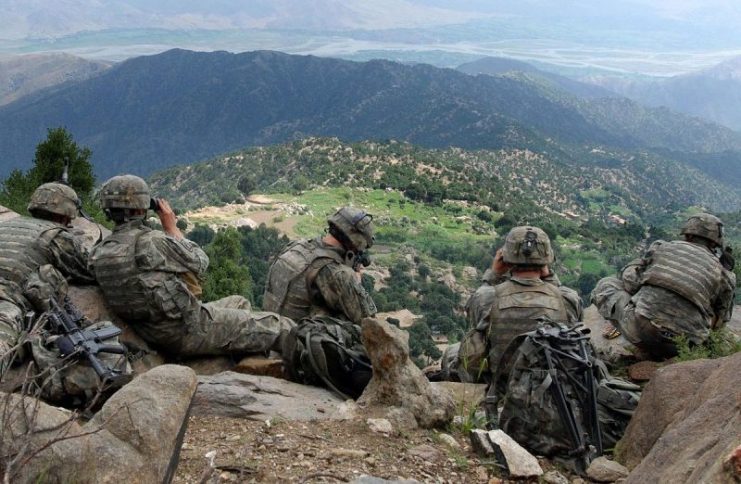
The Camouflage Improvement Effort ran for four years before a final replacement pattern was announced. The Army would replace the Universal Camouflage Pattern with the Operational Camouflage Pattern. This pattern was not one of the finalists initially announced but would be financially better.
Finances were important when choosing the replacement for the Universal Camouflage Pattern. It was reported that the government had spent $5 billion on the development and deployment of the new camouflage. The license fee for MultiCam would have been expensive as well because Crye Precision, the private company that created it, had spent years developing it.
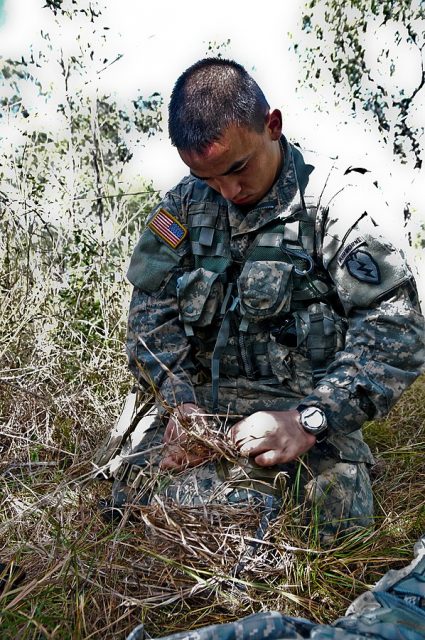
Not only did the Army spend billions on the failed design, it now has a large supply of relatively unused Universal Camouflage Pattern gear.
Read another story from us: The Fantastic Idea of Dazzle Camouflage
As the pattern has been phased out of use, the Army has determined that it can dye all eligible gear to adhere to the new camouflage pattern. However, the eligible gear does not include uniforms and only those items of gear that have been covered in nylon textured fabric.
This would be a first for the Army as it usually found other ways to get rid of gear when there was a camouflage change. Some of the common methods included unloading through foreign military sales and through the Defense Reutilization and Marketing Office. It is believed that the ineffectiveness of the camouflage has made this impossible.
